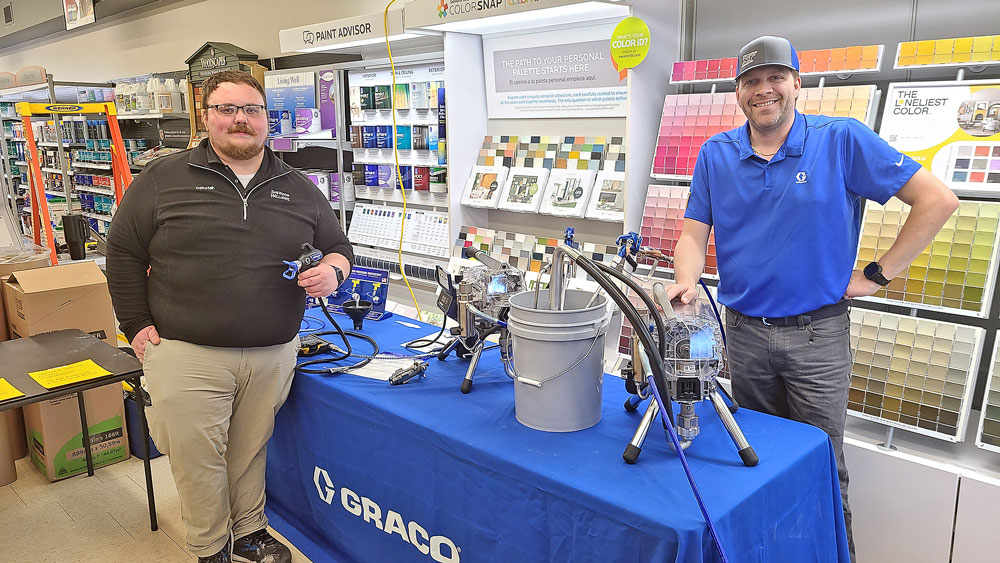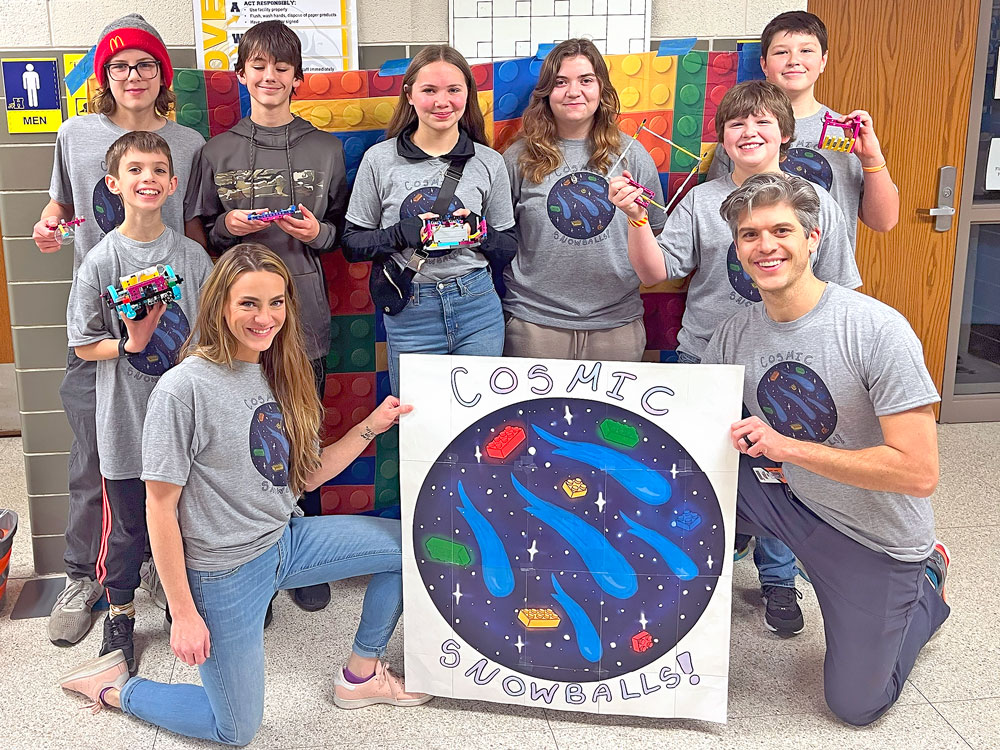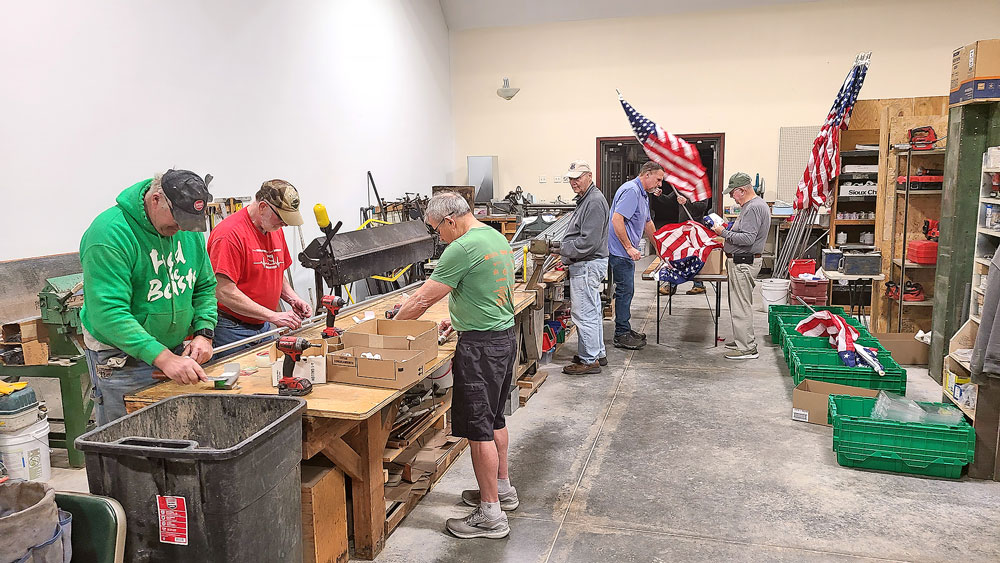Feds: Carbon dioxide pipelines are necessary to reduce emissions

By Jared Strong, Iowa Capital Dispatch
Up to 60,000 miles of carbon dioxide pipeline must be installed in the United States to help eliminate the greenhouse gas emissions by 2050, according to a federal engineer.
Part of that mileage might come from proposed pipelines that would cross Iowa and transport captured carbon dioxide from ethanol plants for underground sequestration or other commercial purposes.
Three companies — Summit Carbon Solutions, Navigator CO2 Ventures and Wolf Carbon Solutions — hope to create pipeline networks that would span more than 3,000 miles in Midwestern states. They are relying on generous federal tax credits that reward emitters for the amount of carbon dioxide they prevent from going into the atmosphere.
“Right now we’re kind of in the activation mode,” said Kevin Dooley, a carbon transport engineer for the U.S. Department of Energy. “We’re just building out initial sequestration wells … and trying to build those original capabilities to carry us for another 30 years.”
Dooley’s comments on Wednesday were part of a pipeline safety meeting hosted in Des Moines by the Pipeline and Hazardous Materials Safety Administration, which is considering revisions to its rules for the pipelines. The two-day meeting features experts and others to discuss those rules and gather feedback from residents.
There is about 5,000 miles of carbon dioxide pipeline in the United States.
President Joe Biden wants to eliminate carbon emissions from the nation’s electricity production by 2035 and to reach net-zero emissions by 2050. Capturing carbon dioxide and pumping it deep underground is viewed as an important method to help reach those goals, but opponents of the pipelines argue they will prolong the use of fossil fuels.
PHMSA’s review of its safety rules for the pipelines was spurred by a rupture in 2020 in Mississippi that sickened 45 people. Focuses of that review include geological hazards that can precipitate a pipeline break and modeling to determine who is at risk if a rupture occurs.
The current rules for the pipelines are inadequate, said Carolyn Raffensperger, executive director of the Science and Environmental Health Network, who was a panelist at the meeting.
“The CO2 pipelines pose a unique hazard, a unique risk in how lethal it is,” she said. “This is a material that can kill you. It can kill your animals. It can kill the plants around you.”
Raffensperger joined others in calling for a moratorium on the construction of new carbon dioxide pipelines until PHMSA revises its rules. Several groups held a rally in Des Moines on Wednesday to show their support for a moratorium.
“In communities like mine with volunteer fire departments we are not prepared for a CO2 pipeline rupture, which puts all of our lives at risk,” said Susan Stoefen, a member of Iowa Citizens for Community Improvement who lives in Scott County. “Summit, Navigator and Wolf are treating our communities like guinea pigs and that is not right.”
The PHMSA revisions are meant to prevent an incident similar to the breach that happened near Satartia, Mississippi, which released the equivalent of about 31,400 barrels of carbon dioxide. It was caused by a landslide after heavy rains.
Weather conditions at the time allowed the gas — which is heavier than air — to pool in a low-lying area, according to a PHMSA report. It eventually spilled from that area and went toward Satartia. The entire town was evacuated.
PHMSA concluded that the incident revealed a need to address threats to the integrity of the pipelines due to “changing climate, geohazards and soil stability issues.” It also said more must be done to inform residents and emergency responders about what to do when a pipeline releases carbon dioxide.
“The dispersion modeling in Satartia was not sufficient to really encompass the town,” said Amanda McKay, program manager of the Pipeline Safety Trust, who was a panelist.
McKay said the federal agency’s process for revising the pipeline requirements needs to be expedited because of the pending pipeline proposals. Summit might have a permit hearing in Iowa later this year to get approval for its project.
PHMSA regulates how the companies construct and operate the pipelines. That includes oversight of the materials used to construct it, welding methods, pressure testing and periodic inspections of the pipelines after they are in operation. The agency does not determine the placement of the pipelines, which in Iowa is decided by the Iowa Utilities Board.
“We live in Iowa where there is great variation in temperature, and we go through the freeze and thaw cycle,” said Lori Smith, an Emmet County landowner who spoke during the meeting. “Is this pipe going to be able to withstand that? It’s highly doubtful. There’s going to be ruptures.”
— Iowa Capital Dispatch is part of States Newsroom, a network of news bureaus supported by grants and a coalition of donors as a 501c(3) public charity. Iowa Capital Dispatch maintains editorial independence. Contact Editor Kathie Obradovich for questions: info@iowacapitaldispatch.com. Follow Iowa Capital Dispatch on Facebook and Twitter.









Social Share